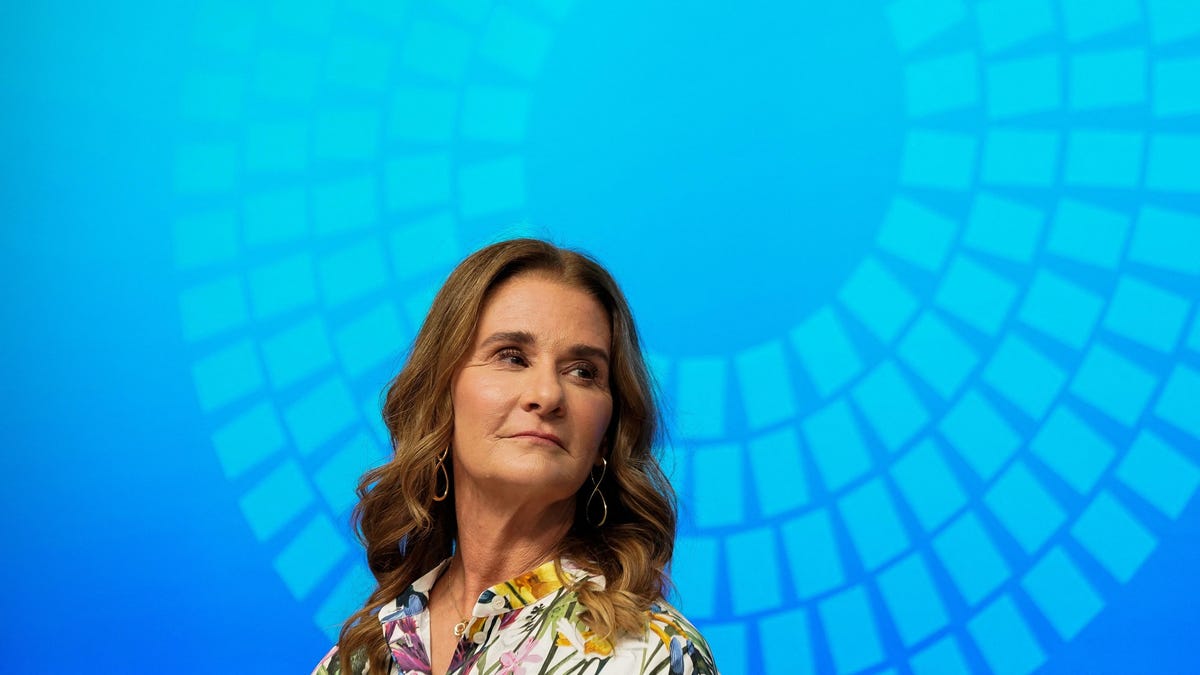Between 2000 and 2015, there was a significant decline in the number of women dying in childbirth worldwide, according to global statistics. The rate dropped by 3% annually during this period. However, progress stagnated in 2016, and many countries, including the United States, have seen an increase in maternal death rates. Shockingly, there are now 800 deaths per day, or one death every two minutes, due to complications from childbirth.
This concerning trend is highlighted in the seventh annual Goalkeepers Report published by the Bill & Melinda Gates Foundation. This report tracks progress on development goals established by 193 world leaders in 2015. The report also reveals the slow improvement in reducing infant mortality, with only a 2% annual decrease since 2000. This means that approximately 2 million babies are stillborn each year, and 5 million children don’t make it to their fifth birthday. Shockingly, 74% of child deaths occur within the first year of life.
Co-authored by Melinda French Gates and Bill Gates, the Goalkeepers Report offers a glimmer of hope amidst these distressing findings. It presents seven innovative and cost-effective solutions developed in the past decade to address the leading causes of maternal and newborn deaths. These solutions range from accessible antibiotics to artificial intelligence-powered portable ultrasound devices.
Many of these life-saving innovations have been made possible through annual funding of around $350 million from the Gates Foundation. Bill Gates refers to this period as the “baby knowledge boom” and expresses his optimism about the advancements in child health. The report estimates that by making these innovations available to those in need, an additional 2 million lives could be saved by 2030, and 6.4 million by 2040.
However, despite these advancements, the solutions are not reaching the women who need them the most. This includes marginalized groups such as Black and indigenous women in the US, who experience three times the maternal death rate of white women, regardless of income or education level. Studies have shown that the US has nearly twice as many maternal deaths compared to Europe, with Black mothers experiencing rates more than four times higher than their European counterparts.
Ironically, the Gates Foundation notes that while the crisis of maternal and infant mortality worsened over the past decade, it also became more solvable with the advent of new techniques and technologies.
New Insights and Life-Saving Innovations
In recent years, physicians have gained new insights into the diseases that pose risks to pregnant women and infants. They now have a better understanding of when and why maternal and infant deaths occur.
Melinda French Gates and Bill Gates explain in the report that researchers have made more discoveries about the health of mothers and babies in the past decade than in the previous century. Unfortunately, these solutions are not reaching the communities that are most in need of them.
The report presents seven life-saving innovations that could be easily implemented by midwives and birth attendants in underserved areas. Some of these include interventions that can reduce postpartum hemorrhage by 60%, supplements to combat malnutrition in pregnant women and infants, treatments for anemia, and antibiotics to reduce infections during pregnancy.
Additionally, the report suggests the use of AI-enabled portable ultrasound technology to monitor high-risk pregnancies in low-resource regions. This would enable early diagnosis and intervention for potential problems.
Mark Suzman, CEO of the Gates Foundation, attributes the lack of implementation of these solutions to the insufficient investment in public health, particularly maternal health, and a decline in international aid over the past decade. He hopes that by shedding light on this crisis through the Goalkeepers Report, governments worldwide will take notice and prioritize health interventions, especially for women.
However, the Goalkeepers Report also reveals that progress towards achieving the United Nations Sustainable Development Goals (SDGs) by 2030 is far from satisfactory. The world is currently off track on 18 key indicators, including poverty, gender equality, education, food security, and health.
UN SDGs: The 2030 Deadline Challenge
This year’s report primarily focuses on maternal and infant health due to the concerning reversal in progress and the availability of affordable solutions that did not exist a decade ago. Unfortunately, there is a lack of research and development in this field.
As stated by French Gates in the report, prioritizing and investing in women’s health has repeatedly shown significant progress in reducing poverty, advancing gender equality, and building resilient economies.
Related Stories
Denial of responsibility! Vigour Times is an automatic aggregator of Global media. In each content, the hyperlink to the primary source is specified. All trademarks belong to their rightful owners, and all materials to their authors. For any complaint, please reach us at – [email protected]. We will take necessary action within 24 hours.


